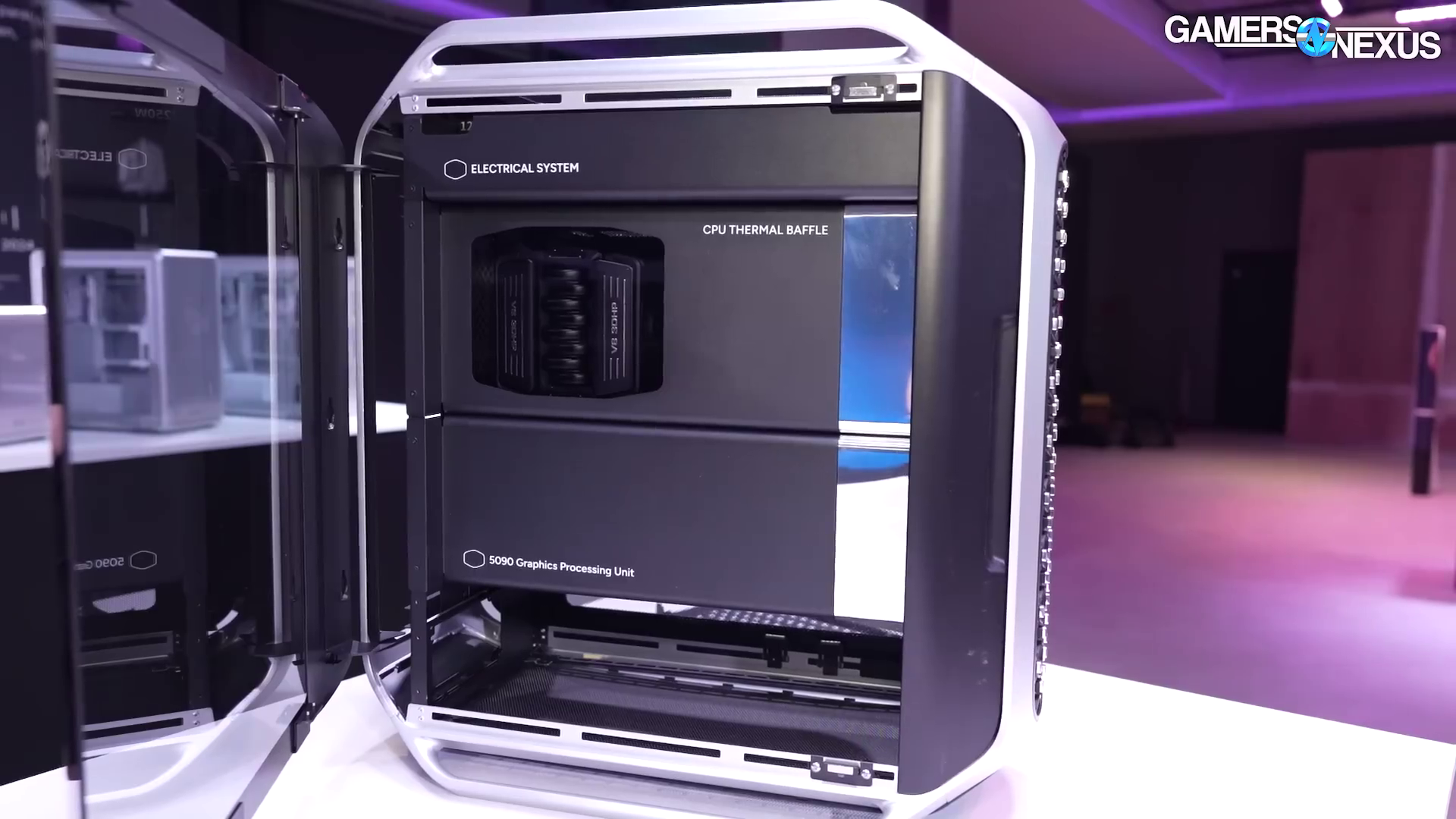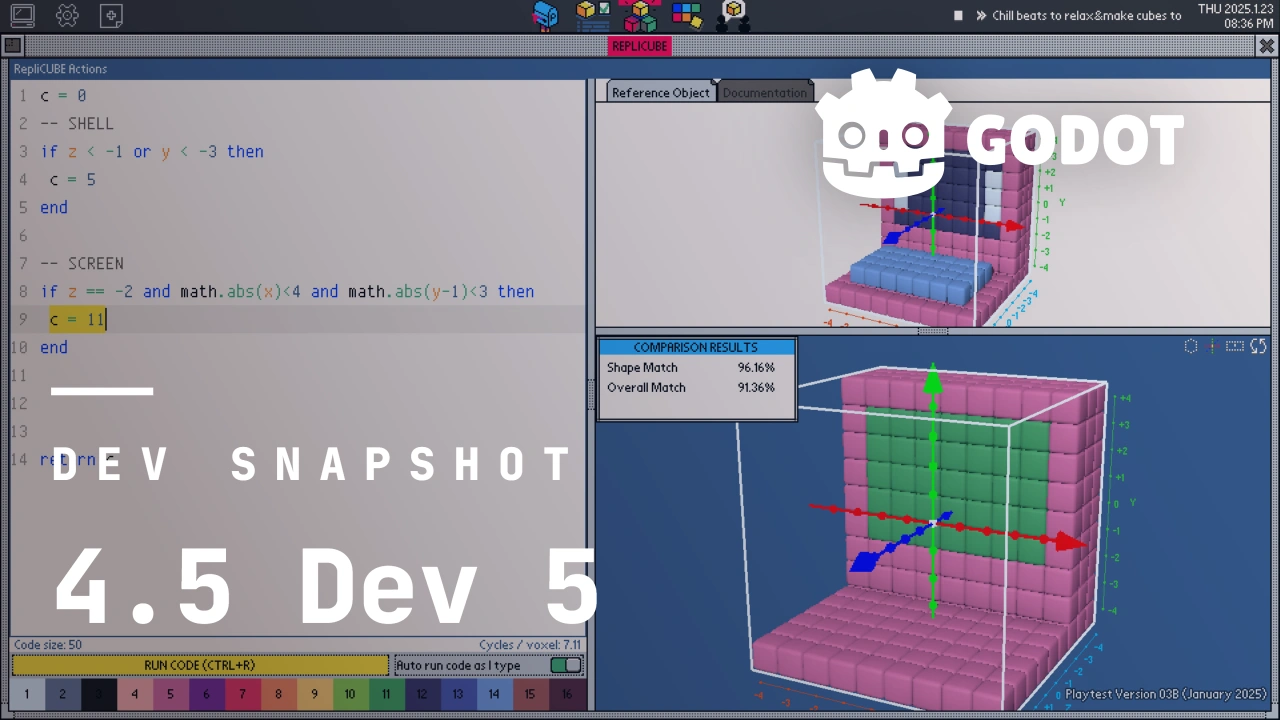FORM Brands Studio elevates London’s Air Ambulance Charity
FORM Brands Studio has given London’s Air Ambulance Charity a new look.
Rather than transporting patients to hospital, the charity’s doctors and paramedics treat seriously injured people at the scene from its two helicopters and eight cars. It is the only organisation performing this role in London.
Established in 1989, it is called to a rising number of patients across the capital every year, helping more than 2,000 people in 2024.
London’s Air Ambulance Charityneeds £17m a year to operate, 96% which comes from donations. “But 60% of Londoners don’t know we’re a charity,” says LAAC’s director of fundraising and marketing, Jayne Clarke.
FORM Brands Studio identity for London’s Air Ambulance Charity in OOH posters
Its new organisational strategy is about raising awareness, enhancing fundraising efforts and strengthening its connection with London’s communities.
“We’re trying to make sure the strategy is about hope and looking forward to the future,” Clarke says.
To accompany this new strategy, the charity also decided to change up its visual identity.
“Our previous branding was very corporate,” Clarke admits.FORM Brands Studio won the job after a pitch. Strategy director Beth Andlaw set up the east London agency in 2022 with creative director Alex Andlaw. Before that she had been in comms and PR, and had worked with LAAC on and off for about 20 years.
FORM Brands Studio identity for London’s Air Ambulance Charity on stage
FORM introduced a new wordmark, colour palette, typeface, icons, motion, creative copy, messaging, fundraising memorabilia and photography. However, the existing helicopter icon was retained. “It has a lot of love and legacy,” says Clarke.
The agency’s brand idea, Propelling Promise, was inspired by the urgent, intense nature of the work carried out by LAAC’s clinical and operational crews. That was used to give structure to creative copy lines and the new tone of voice.
Each lead line includes an element of “propelling” to imply urgency and momentum, and “promise” to imply warmth and hope.
That resulted in lines including “Trauma doesn’t stop. Neither do we” and “Here for London. Today, tomorrow, always.” FORM brought in Peggy Nyamekye to work on the copywriting.
Meanwhile, the visual identity, developed with designer Mayan Mistry, comprises a gradient design system, drawing on the rotational motion of helicopter blades. Borough names are repeated in radiating patterns and overlaid with the gradient.
Red is still central to the charity’s identity, but FORM introduced the vivid orange worn by medics on-scene. “These colours blend in the gradient, creating a visual signature that speaks to urgency, action, optimism and hope,” says Alex Andlaw.
With the help of motion graphics designer Matt Fowler, the agency introduced movement to the branding, to reflect the aircraft’s blades in flight.
The logo’s new wordmark is in Barlow, inspired by the existing big white lettering on the helicopter tail booms. Before, the charity’s name was written lower case in a thinner font. “Now it’s bigger, bolder and more impactful,” says Alex Andlaw.
FORM also redesigned the icons to have more personality but still be functional. “The icons help the team talk about quite hard subjects,” he says, such as casualties, and the designs had to balance warmth and realism.
“We did quite a few hearts, some look too detailed and some too basic,” he explains.
The agency also created a series of collectible badges, inspired by the embroidered badges worn by the charity’s doctors and pilots.FORM Brands Studio identity for London’s Air Ambulance Charity in Instagram posts
Meanwhile, photographer James Pearson-Howes was briefed to capture real people, places and moments from across London.
The new branding had to resonate with very different types of donors, from the charity’s collection buckets to seven-figure corporate donations, says Clarke.
“And the doctors wearing the brand have very strong opinions, as do the pilots. FORM took in all these views and managed to make all those people happy.”
FORM Brands Studio identity for London’s Air Ambulance Charity
FORM Brands Studio identity for London’s Air Ambulance Charity in OOH posters
#form #brands #studio #elevates #londonsFORM Brands Studio elevates London’s Air Ambulance Charity
FORM Brands Studio has given London’s Air Ambulance Charity a new look.
Rather than transporting patients to hospital, the charity’s doctors and paramedics treat seriously injured people at the scene from its two helicopters and eight cars. It is the only organisation performing this role in London.
Established in 1989, it is called to a rising number of patients across the capital every year, helping more than 2,000 people in 2024.
London’s Air Ambulance Charityneeds £17m a year to operate, 96% which comes from donations. “But 60% of Londoners don’t know we’re a charity,” says LAAC’s director of fundraising and marketing, Jayne Clarke.
FORM Brands Studio identity for London’s Air Ambulance Charity in OOH posters
Its new organisational strategy is about raising awareness, enhancing fundraising efforts and strengthening its connection with London’s communities.
“We’re trying to make sure the strategy is about hope and looking forward to the future,” Clarke says.
To accompany this new strategy, the charity also decided to change up its visual identity.
“Our previous branding was very corporate,” Clarke admits.FORM Brands Studio won the job after a pitch. Strategy director Beth Andlaw set up the east London agency in 2022 with creative director Alex Andlaw. Before that she had been in comms and PR, and had worked with LAAC on and off for about 20 years.
FORM Brands Studio identity for London’s Air Ambulance Charity on stage
FORM introduced a new wordmark, colour palette, typeface, icons, motion, creative copy, messaging, fundraising memorabilia and photography. However, the existing helicopter icon was retained. “It has a lot of love and legacy,” says Clarke.
The agency’s brand idea, Propelling Promise, was inspired by the urgent, intense nature of the work carried out by LAAC’s clinical and operational crews. That was used to give structure to creative copy lines and the new tone of voice.
Each lead line includes an element of “propelling” to imply urgency and momentum, and “promise” to imply warmth and hope.
That resulted in lines including “Trauma doesn’t stop. Neither do we” and “Here for London. Today, tomorrow, always.” FORM brought in Peggy Nyamekye to work on the copywriting.
Meanwhile, the visual identity, developed with designer Mayan Mistry, comprises a gradient design system, drawing on the rotational motion of helicopter blades. Borough names are repeated in radiating patterns and overlaid with the gradient.
Red is still central to the charity’s identity, but FORM introduced the vivid orange worn by medics on-scene. “These colours blend in the gradient, creating a visual signature that speaks to urgency, action, optimism and hope,” says Alex Andlaw.
With the help of motion graphics designer Matt Fowler, the agency introduced movement to the branding, to reflect the aircraft’s blades in flight.
The logo’s new wordmark is in Barlow, inspired by the existing big white lettering on the helicopter tail booms. Before, the charity’s name was written lower case in a thinner font. “Now it’s bigger, bolder and more impactful,” says Alex Andlaw.
FORM also redesigned the icons to have more personality but still be functional. “The icons help the team talk about quite hard subjects,” he says, such as casualties, and the designs had to balance warmth and realism.
“We did quite a few hearts, some look too detailed and some too basic,” he explains.
The agency also created a series of collectible badges, inspired by the embroidered badges worn by the charity’s doctors and pilots.FORM Brands Studio identity for London’s Air Ambulance Charity in Instagram posts
Meanwhile, photographer James Pearson-Howes was briefed to capture real people, places and moments from across London.
The new branding had to resonate with very different types of donors, from the charity’s collection buckets to seven-figure corporate donations, says Clarke.
“And the doctors wearing the brand have very strong opinions, as do the pilots. FORM took in all these views and managed to make all those people happy.”
FORM Brands Studio identity for London’s Air Ambulance Charity
FORM Brands Studio identity for London’s Air Ambulance Charity in OOH posters
#form #brands #studio #elevates #londons

















